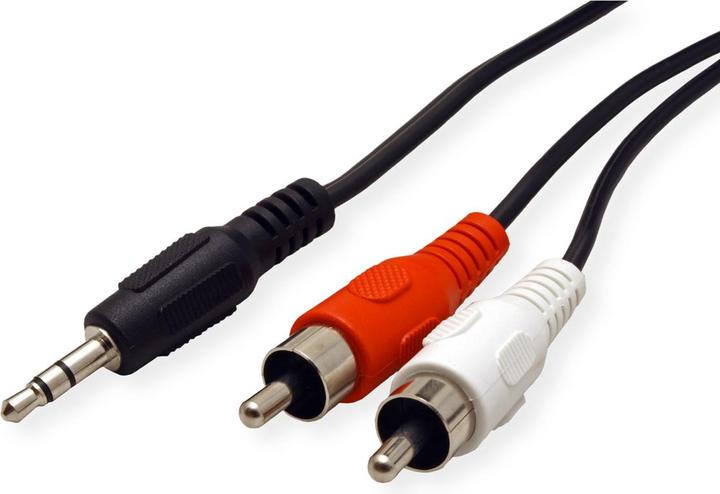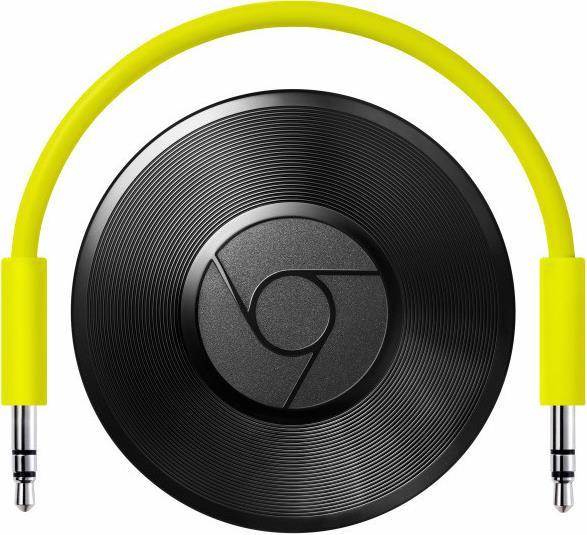

Genelec G Two: Two ear chicks tested
With active speakers, loudspeakers and amplifiers are ideally matched. The G series from Genelec is also related to studio monitors. I listened to it carefully and analysed what the speakers can do.
The Finnish loudspeaker manufacturer Genelec specialises in active speakers for the studio sector. However, with the G series, it also has hi-fi speakers on sale that are derived from studio monitors. I was interested in this because I expect such speakers to deliver a faithful reproduction of the original. Here I am testing the Genelec G Two, the second smallest model in the G series. Plus the Genelec F One subwoofer.
Set-up and features
You need two of these things for a stereo system. Despite their dainty dimensions (approx. 13 x 14 x 24 cm), each speaker weighs 3.2 kilograms. The weight rests on a rubber mount, and it looks as if vibrations are well damped as a result. Each speaker has its own amplifier and therefore requires a thick power cable; battery operation is not possible. Another cable comes from the sound source, as there is no wireless function either; it would have to be retrofitted with Chromecast or something similar. I use a cable similar to this one.
It's important that the cable is long enough because the speakers need to be a certain distance apart and you also want some freedom of movement when playing music directly from your smartphone. For smartphones without an audio output, a wireless adapter is a must anyway.
In addition to the power cable, the subwoofer also includes all the necessary audio connection cables: A cable from jack to RCA as shown above, and two further mono connection cables from RCA to RCA for connecting the two speakers. However, all these cables are only two metres long.
The speakers should be able to switch themselves on and off depending on whether a signal is coming in. For some reason, this didn't work for me. An LED light indicates whether the box is running. You can deactivate this if the light just bothers you.
The volume is actually a topic
When I use my PC as a sound source, I can achieve a more than adequate volume with the system. Ten per cent volume is a decent room volume, 20 per cent is about normal room volume. From 30 per cent upwards, you could attract negative attention in your neighbourhood. But from a smartphone, the volume is quite modest. It is just enough to fill a medium-sized living room with rich sound. For use on the table (desktop speakers), the sound is also more than loud enough from a mobile phone. Unfortunately, I wasn't able to test the volume directly from the TV as I gave my TV away a few months ago.
These specifications apply to use without a subwoofer. Of course, you have a little more power with the bass hummer, but the difference is not earth-shattering.
And how does it sound?
The question that interests me the most, but is the most difficult to answer: How good do the Genelec G Two speakers sound?
The thing that always annoys me most about loudspeakers is unwanted bass reflections. Nothing against powerful bass, but when the deep sound waves reach the wall and from there rumble back and forth several times in the room, it just sounds terrible. That's why I think it's great that the Genelec loudspeaker has small switches on the back that can be used to adjust the bass depending on the position in the room. Genelec recommends a reduction of 4 dB if the speaker is positioned in front of a wall and 6 dB if it is positioned in a corner. There is also a reduction of 4 dB for the lowest frequencies around 65 Hz. Genelec also offers frequency optimisation for use as a desktop speaker. All of this is excellently explained in the operating instructions, albeit only in English and Finnish.

The Genelec active speakers undoubtedly sound good. But they're not cheap either. I compared them directly with my passive speakers at home, a pair of Magnat Quantum 653. These are also "bookshelf speakers", albeit much larger. I find the sound of my own speakers a little more convincing. I have the feeling that I'm closer to them because they sound clearer and more defined. But that doesn't mean that the Genelec speakers are a disappointment. They sound very pleasant even when listening for long periods. Despite the small speakers, the treble is never overdone. The sound is warmer compared to my Magnat speakers.

The Genelec G Two is at its best on the desktop. My desk at home is free-standing, there is no wall on the left and only on the side on the right. So the acoustic conditions are good. I used a high-quality audio interface to play back the PC sounds. And what can I say? It's really worth listening to. I've never had such good desktop sound before.
The subwoofer is of course able to give the whole thing the "necessary depth". Here, too, you can adjust the strength of the bass reflections to the position in the room. Of course, the subwoofer has its own volume control. But because of my bass reflex aversion, I won't comment any further on this.
Conclusion: No bullshit, but a niche product
The Genelec G Two is a rock-solid product with a clear no-bullshit attitude. The Finns simply do what they do best: Build good active speakers. They don't even bother experimenting with integrated streaming, Spotify or Alexa.
Although the sound quality of the speakers is impressive, the right area of application is likely to be a niche one. You can literally place them in a niche thanks to EQ customisation, but I actually mean the market niche. For the living room, the Böxchen are a bit quiet from the smartphone source and the power cables can probably only be hidden reasonably well with a TV cabinet. They look better on a desk, but are almost overkill. In terms of price, quality and, from a PC, volume. I see them most likely as luxury PC speakers for computer nerds. The rather unconventional, futuristic design also fits in with this.
My interest in IT and writing landed me in tech journalism early on (2000). I want to know how we can use technology without being used. Outside of the office, I’m a keen musician who makes up for lacking talent with excessive enthusiasm.





